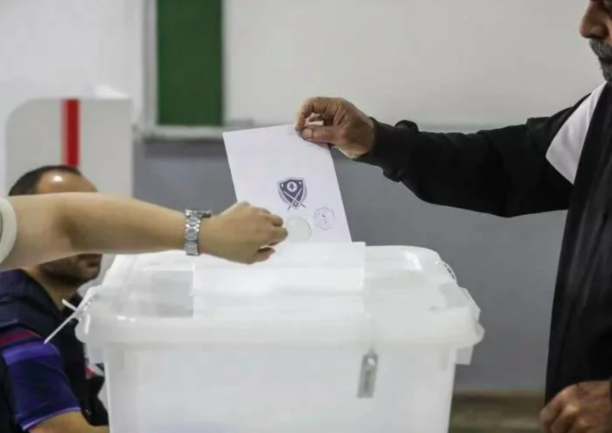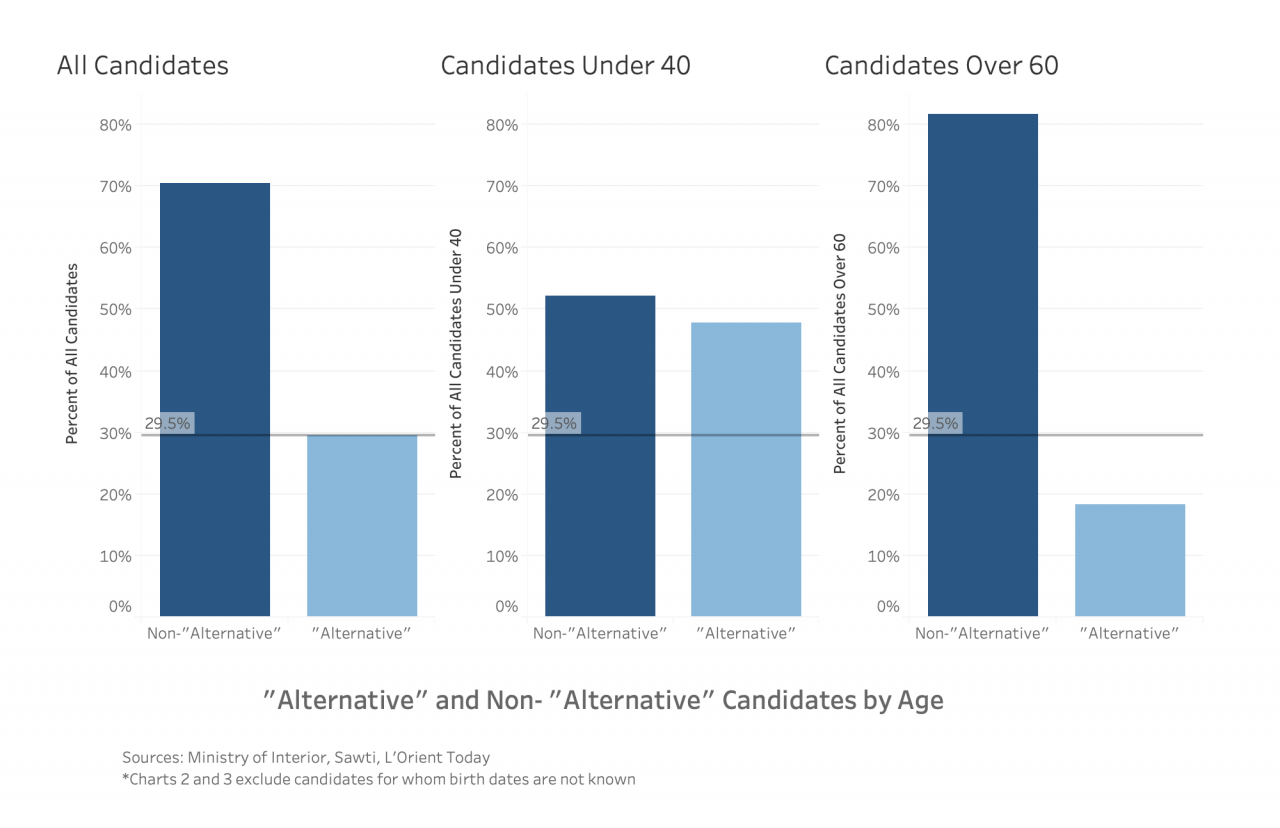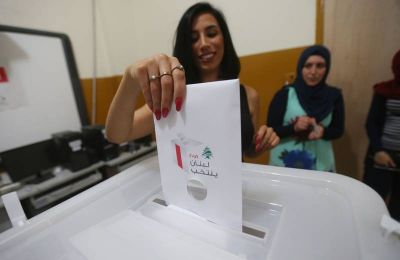
A Lebanese citizen votes during the 2018 legislative elections. (Credit: Joseph Eid/AFP)
BEIRUT — The widespread perception that the Oct. 17 protests were skewed towards the younger generation of Lebanese is being borne out in the candidates for Parliament, with opposition lists featuring more young Lebanese than lists backed by traditional parties.
Sawti, an election initiative backed by the NGO Impact Lebanon, has identified 212 candidates out of 718 (29.5 percent) as “alternative” — which means they meet Sawti’s eight criteria, including being “non-sectarian and secular,” having “no links to the current political establishment” and not running with a party that “participate[d] in the civil war.”
L’Orient Today was able to determine the birth dates of 181 (85 percent) of the candidates considered alternative. Of those, 55 (30 percent) are younger than 40 years old.
This figure stands in contrast to the 506 candidates who Sawti does not consider “alternative.” Of the 447 (88 percent) for whom birth dates are known, just 60, or 13 percent, are below the age of 40.
In other words, opposition lists were more than twice as likely to nominate a candidate below 40 compared to other lists.

At the other end of the spectrum, opposition lists nominated 32 candidates over the age of 60, who make up 18 percent of candidates on their lists. In comparison, the non-alternative lists nominated 142 candidates over the age of 60. These 142 candidates make up 32 percent of the candidates with birth dates on those lists, meaning that establishment lists were much more likely to nominate a candidate over the age of 60.
The differences between the number of older and younger candidates on “alternative” and “non-alternative” lists may reflect differences in approach, such as different emphases placed on experience vs bringing in new energy.
In March, Hezbollah chief Hassan Nasrallah addressed the ages of his party’s parliamentary candidates, saying “as long as the old is still productive, useful, present and influential and has accumulated experience and knows people more and knows the laws and the power game and the entrances and exits, then it is better to continue with it while making sure to introduce new blood.”
On the other hand, some proponents of the political movements that claim the mantle of Oct. 17 were quick to celebrate the nomination of 25-year-old Verena El Amil as “extremely refreshing.”
Across the elections as a whole, the youngest candidates are 25 years old, the minimum age limit under the Electoral Law, being born in 1996 and 1997. The oldest candidates we identified are children of the 1930s, before Lebanon’s independence from France. The oldest candidate L’Orient Today has been able to identify is Saad Mustafa Slim, age 85.
Matching candidates against voter registration files, L’Orient Today identified the birth dates of 628 out of 718 candidates (87 percent). Some candidates’ birth dates could not be identified because their three names, sect and gender, are all shared by multiple people in Lebanon. Comparing names across multiple large datasets is known to cause false positives — two records that seem to match might turn out to be different individuals — but the overall results show that the Oct. 17 movement’s much-discussed youthfulness is carrying over into the election.
Kim Makhlouf contributed reporting.
